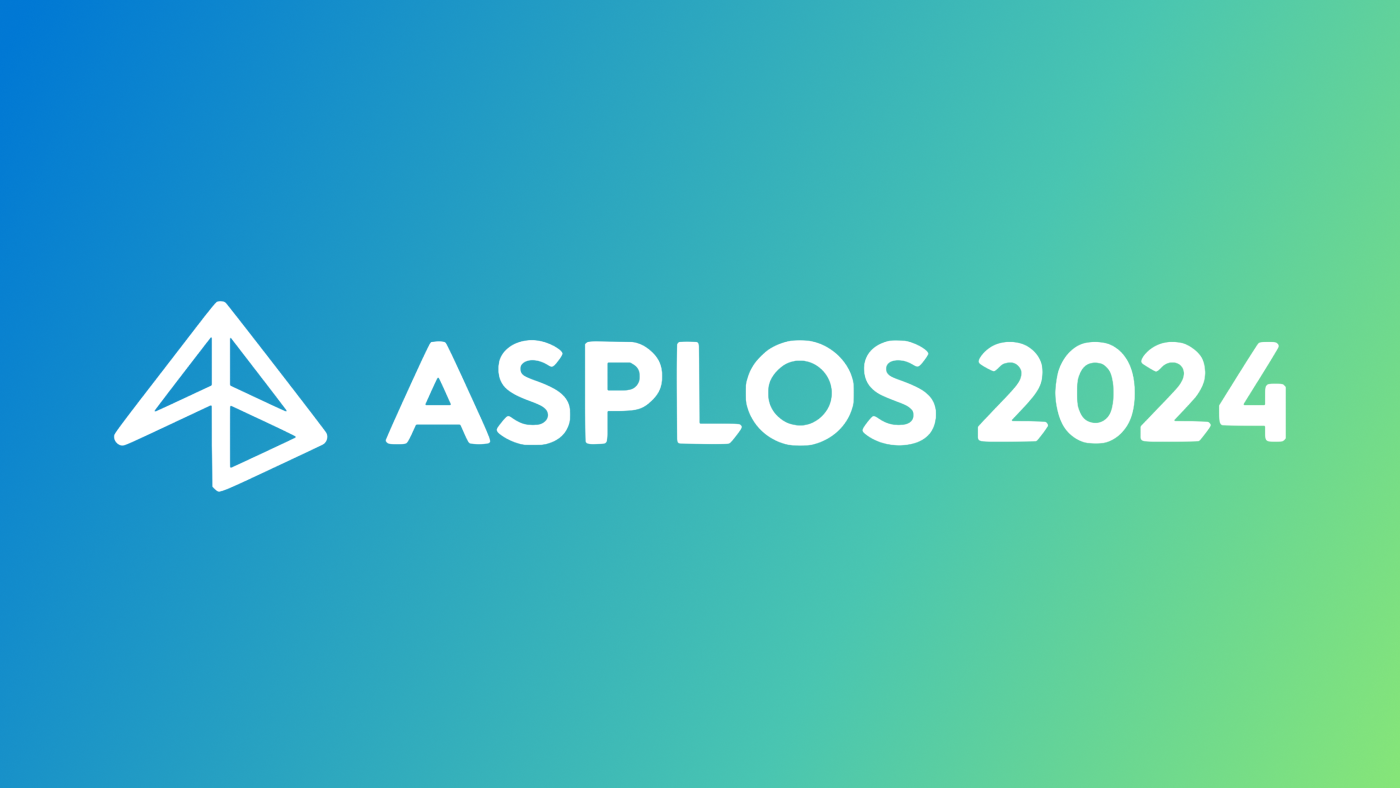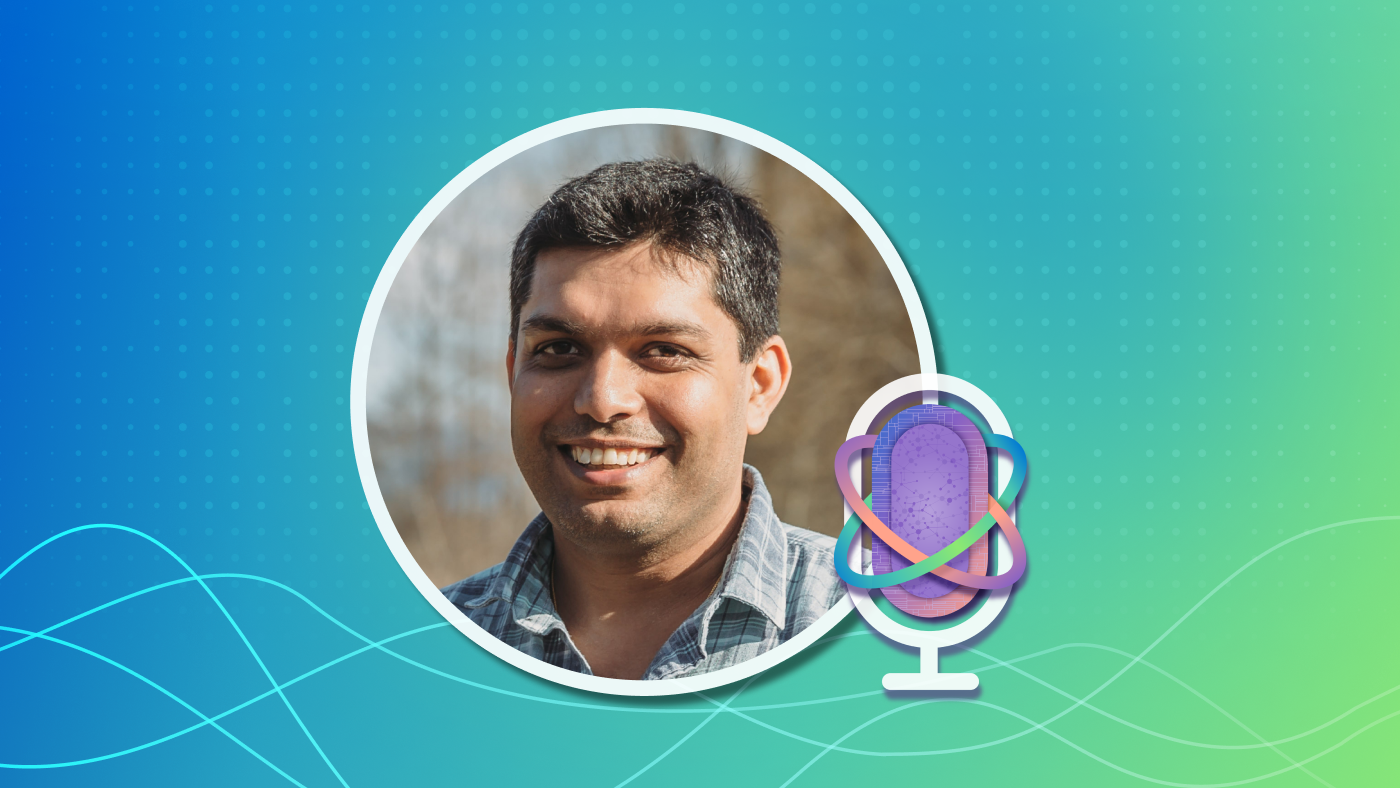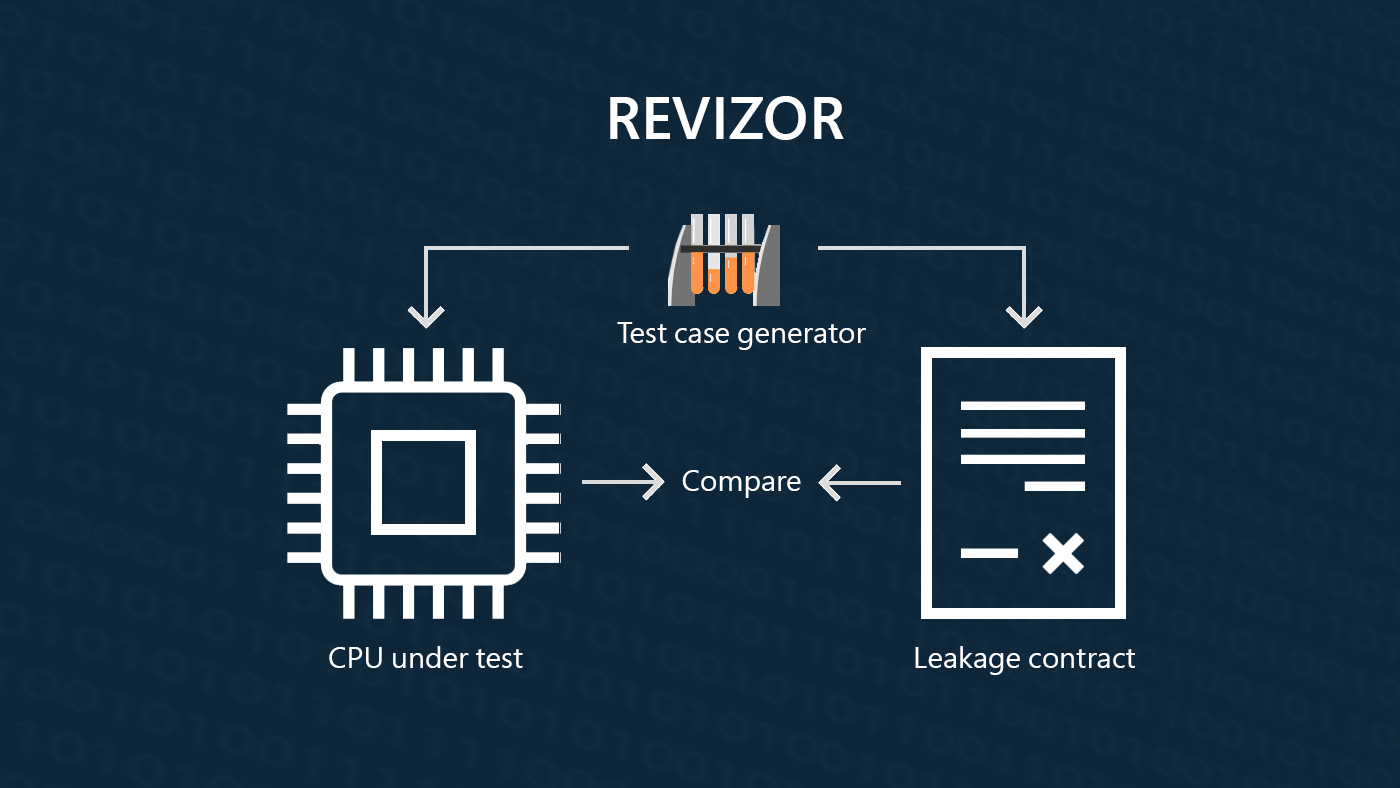By John Roach, Writer, Microsoft Research
Charles P. Thacker (opens in new tab), a visionary and hands-on electrical engineer who designed the first instances of key computing technologies that define modern life, died June 12 at his home in Palo Alto, California. He was 74.

Photo credit: Richard Morgenstein
Bringing an idea to life: The personal computer
Spotlight: Event Series
Chuck, as he was known to friends and colleagues designed the Alto (opens in new tab), the first modern personal computer with a mouse and graphical user interface, in the early 1970s at Xerox’s Palo Alto Research Center. He was also a key player in the development of Ethernet, a system for connecting computers into a local area network; the first multiprocessor workstation; and Microsoft’s Tablet PC (opens in new tab).
“Chuck has an impressive record of having done the first of quite a few things that we now think of as part of daily life,” said Butler Lampson (opens in new tab), a technical fellow at Microsoft’s New England research lab.
Thacker and Lampson collaborated on several projects including the Alto, an early electronic book reader called the Lectrice they developed at Digital Equipment Corporation’s Systems Research Center in the early 1990s and the Tablet PC at Microsoft, which launched in 2001.
“Chuck was a breakthrough thinker and doer,” said Eric Horvitz (opens in new tab), technical fellow and director of Microsoft Research Labs. “He was pure genius with a can-do spirit who combined deep knowledge of computing with an understanding of the pace of change at any given moment and of where things were headed.”
Cambridge research lab
After stints as a founding member of Xerox’s Palo Alto Research Center and Digital Equipment Corporation’s Systems Research Center, Thacker was recruited in 1997 to help launch Microsoft’s research lab in Cambridge, UK (opens in new tab).
Among Thacker’s first hires was artificial intelligence expert Chris Bishop (opens in new tab), who is now the lab director. Bishop remembers Thacker for his rigorous, hands-on approach to engineering.
For example, in the early days of the Cambridge lab, Bishop walked into Thacker’s office to the sight of a Sony VAIO laptop disassembled into hundreds of pieces strewn across three tables. Bishop asked if Thacker was trying to reverse engineer the laptop to better understand how it was built. Thacker replied, “Oh, no, I am going to reassemble it as an electronic book reader.”
Bishop smiled, thinking to himself, “Dream on, Chuck.” Two days later, Thacker showed Bishop the prototype e-reader with the keyboard glued to the back of the screen in a way that allowed the fingers to naturally fall on certain keys to control the device. “This was years before the Kindle and Nook,” Bishop noted.
Tablet PC
Thacker built on the prototype e-reader when he returned to the US and joined the group working on the Microsoft Tablet PC, which launched nearly a decade before tablet computing successfully penetrated the consumer market.
“His ability to latch on to something at a time when it was feasible to do it – not at a time when it was going to be a huge market success, but at a time when it was feasible to do it and lay the groundwork for things that later came to be thought of as absolutely fundamental parts of computing – was extraordinary,” said Lampson.
The computer science community regularly acknowledged Thacker’s contributions to the field. He was inducted as a Fellow of the Association for Computing Machinery (opens in new tab) in 1994, won the Charles Stark Draper Prize (opens in new tab) in 2004, the IEEE John von Neumann (opens in new tab) medal in 2007 and the ACM’s A.M. Turing Award (opens in new tab) in 2009.
“Chuck was the engineer’s engineer, so knowledgeable, hands-on and down-to-earth,” said Harry Shum (opens in new tab), executive vice president of Microsoft’s AI and Research group. “We are very fortunate to have been associated with Chuck for many years.”
Related links:
- In Memoriam: Charles P. Thacker (opens in new tab)
- Chuck Thacker Attains Computing’s Peak (opens in new tab)
- Charles P. Thacker Honored with A.M. Turing Award (opens in new tab)
- Touring the Computer History Museum – with Chuck Thacker (opens in new tab)
- BEE3 (opens in new tab)
- ACM Turing Award Winner 2009 (opens in new tab)





